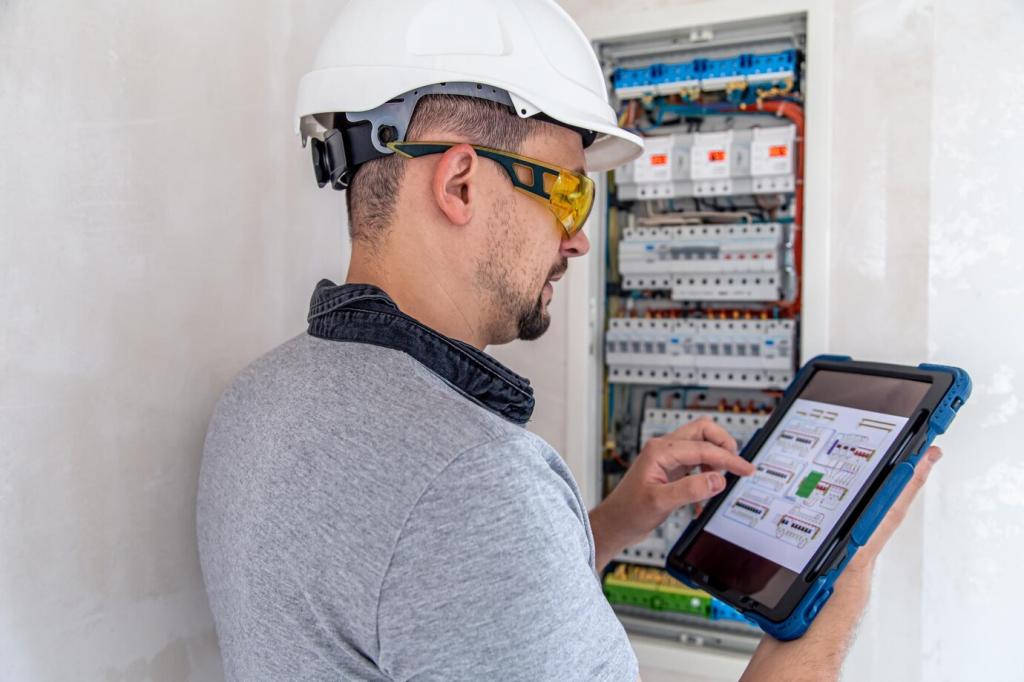
Advanced Driver Assistance Systems: An Overview
Chosen theme: Advanced Driver Assistance Systems: An Overview. Welcome to a friendly tour of smarter, safer driving technologies that support humans, not replace them. Subscribe and join the conversation as we unpack how assistance features build confidence on real roads.
What ADAS Is and Why It Matters
From Seatbelts to Sensors: A Short History
Automotive safety started with belts and airbags, then grew into electronic stability control and today’s sensor-rich assistance. A retired driving instructor once told us he wished he had automatic braking during winter lessons.
Defining Levels of Driving Automation
SAE levels range from driver support to full automation. ADAS typically lives at Levels 1–2, where the human remains responsible. Understanding this boundary prevents confusion, encourages proper use, and keeps expectations realistic on busy, imperfect roads.
Everyday Benefits You Can Feel
Assistance reduces fatigue on long commutes, smooths traffic flow, and helps avoid common mistakes. A reader shared that lane centering kept them calm during a rainy night drive, letting them focus on planning safe exits and merges.



Core Features You’ll Meet on Your Commute
01
Adaptive Cruise Control
Adaptive Cruise Control maintains your chosen speed while adjusting to a lead vehicle’s pace. On a stop-and-go freeway, one commuter told us it turned frustration into patience, reducing abrupt braking and keeping a consistent, safe headway.
02
Lane Keeping and Centering
Lane keeping provides timely steering assistance to prevent drift, while centering keeps you neatly between markings. It’s helpful, but hands stay on the wheel. Treat it as teamwork: you steer decisively, the system supports smoothly and predictably.
03
Automatic Emergency Braking
When a collision becomes imminent, AEB can apply brakes faster than human reaction. Studies associate it with reduced rear-end crashes. Still, vigilance matters. Share a moment when timely braking—human or automated—made the difference on a busy street.
Human Factors: Designing Help People Trust
Alerts That Inform, Not Alarm
The best alerts are specific, calmly timed, and multimodal: a gentle chime, a steering vibration, a concise icon. Designers fight alarm fatigue by prioritizing urgent issues and reducing repeated, ambiguous warnings that erode confidence over time.
The Handoff Moment
When conditions challenge the system, it requests the driver to take over. Clear prompts, intuitive interfaces, and proper training reduce stress. Practicing handoffs in low-pressure scenarios builds muscle memory for truly demanding, time-sensitive situations.
Clear Naming Builds Appropriate Trust
Language shapes behavior. Overly confident names can invite misuse, while accurate descriptions set healthy expectations. Owners’ manuals, in-car tutorials, and dealer briefings should reinforce that ADAS assists attentive drivers—never replaces them.

Engineering, Testing, and Regulation
Functional safety frameworks such as ISO 26262 and SOTIF guide hazard analysis and performance assumptions. Clear safety cases explain evidence, limits, and mitigations, helping regulators and drivers understand what a system can and cannot reliably handle.

Engineering, Testing, and Regulation
Simulation scales rare events; proving grounds offer repeatability; public roads add messy realism. Scenario libraries capture tricky merges, blind curves, and unmarked lanes. Combining these methods increases coverage without relying on risky real-world trial and error.

This is the heading
Lorem ipsum dolor sit amet, consectetur adipiscing elit. Ut elit tellus, luctus nec ullamcorper mattis, pulvinar dapibus leo.

This is the heading
Lorem ipsum dolor sit amet, consectetur adipiscing elit. Ut elit tellus, luctus nec ullamcorper mattis, pulvinar dapibus leo.
